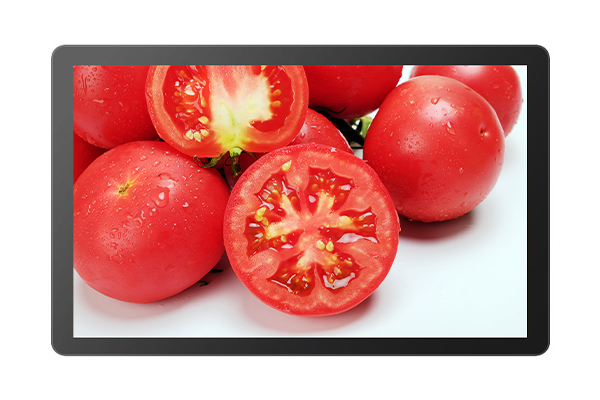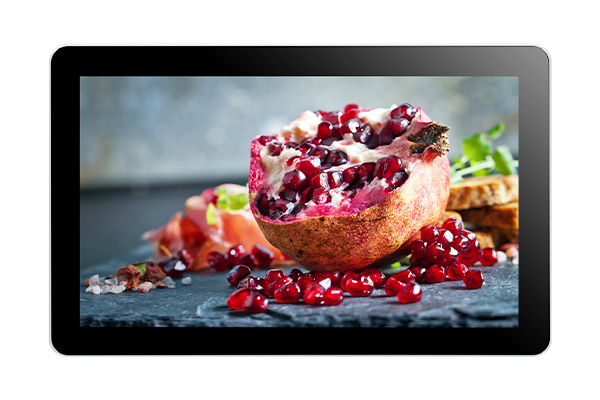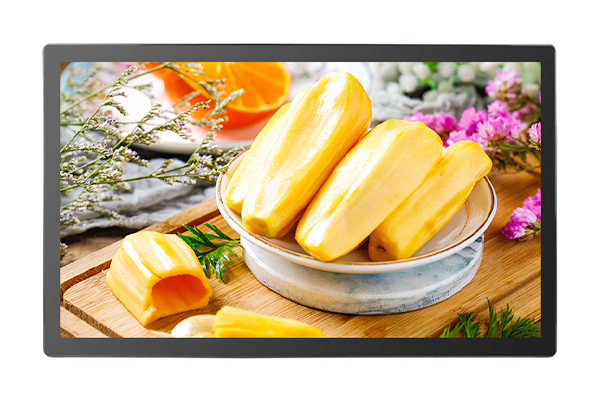How to optimize the performance of capacitive touch display in extreme environments?
Release Time : 2025-03-06
Optimizing the performance of capacitive touch displays in extreme environments is a complex and meticulous process that requires comprehensive consideration and implementation from multiple aspects.
Material selection for capacitive touch displays is critical. In extreme environments, such as high or low temperatures, ordinary materials may degrade due to thermal expansion and contraction, changes in charge conduction performance, and other issues. Therefore, materials that are resistant to high and low temperatures and have stable conductivity should be selected, such as high-temperature conductive glass and special insulating materials. These materials can maintain stable physical and chemical properties under extreme temperature conditions, thereby ensuring the normal operation of the touch display.
Optimizing circuit design is also the key to improving the performance of capacitive touch displays in extreme environments. By improving circuit design, such as using low-power, high-sensitivity sensor circuits, the response speed and accuracy of the touch display can be improved. At the same time, improvements in manufacturing processes, such as improving etching accuracy and optimizing coating parameters, can reduce errors and defects in the production process and further improve the reliability and stability of the touch display.
In view of the impact of temperature changes on the performance of capacitive touch displays, a temperature compensation module can be added. This module can monitor the ambient temperature in real time and adjust the operating parameters of the touch display, such as sensitivity and response time, according to temperature changes. In this way, the adverse effects of temperature changes on the performance of touch screens can be offset to a certain extent.
With the advancement of science and technology, more and more advanced touch screen technologies are being applied to capacitive touch displays. For example, the use of full lamination technology can reduce the air layer between the touch screen and the display, improve touch sensitivity and display clarity. In addition, multi-layer structure design, flexible touch screen and other technologies can also be considered to further improve the performance of touch screens in extreme environments.
In extreme environments with humidity or high dust content, capacitive touch displays are easily disturbed by water and dust. Therefore, waterproof and dustproof design should be strengthened, such as the use of waterproof coatings, dustproof nets and other protective measures. These measures can effectively prevent water and dust from entering the touch screen, thereby maintaining its good working condition.
In addition to hardware improvements, software-level optimization is also an important means to improve the performance of capacitive touch displays in extreme environments. By adjusting the touch detection algorithm and adding functions such as error recognition correction, the accuracy and stability of the touch screen can be improved. At the same time, it is also possible to consider adding a temperature detection function to automatically adjust the working mode of the touch screen according to changes in ambient temperature.
During the optimization process, comprehensive testing and evaluation of capacitive touch displays are required. This includes testing the performance of the touch display under different temperature, humidity, lighting and other conditions, and collecting relevant data for analysis. Through testing and evaluation, potential problems can be discovered and solved in a timely manner, so as to continuously improve and optimize the performance of the touch display.
Optimizing the performance of capacitive touch display in extreme environments requires comprehensive consideration and implementation from multiple aspects such as material selection, circuit design, manufacturing process, temperature compensation, application of advanced technology, waterproof and dustproof design, and software optimization. Through continuous technological innovation and improvement, the reliability and stability of capacitive touch display can be further improved to meet the application needs in more extreme environments.









